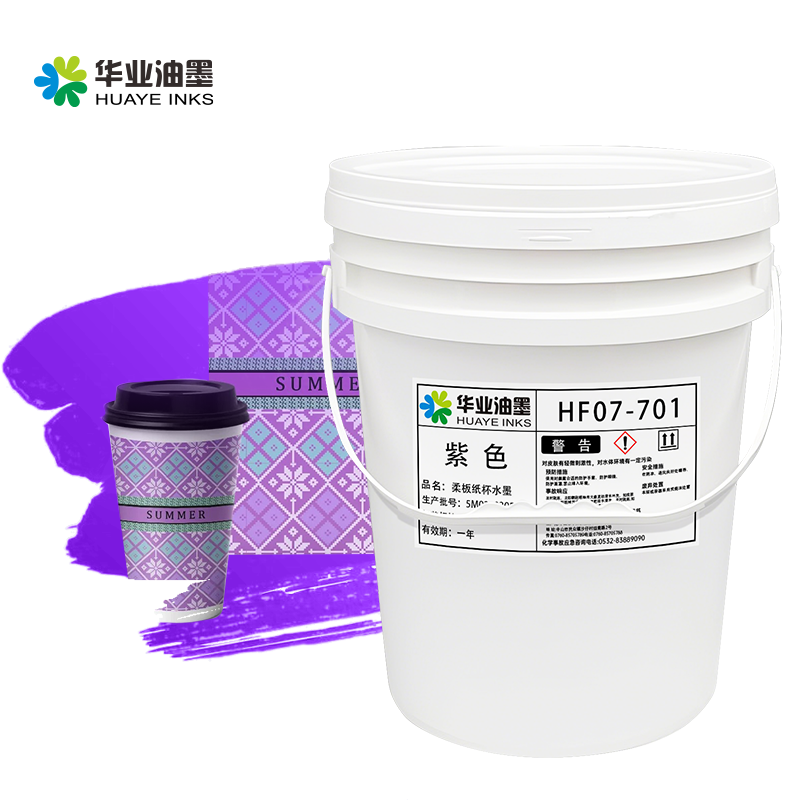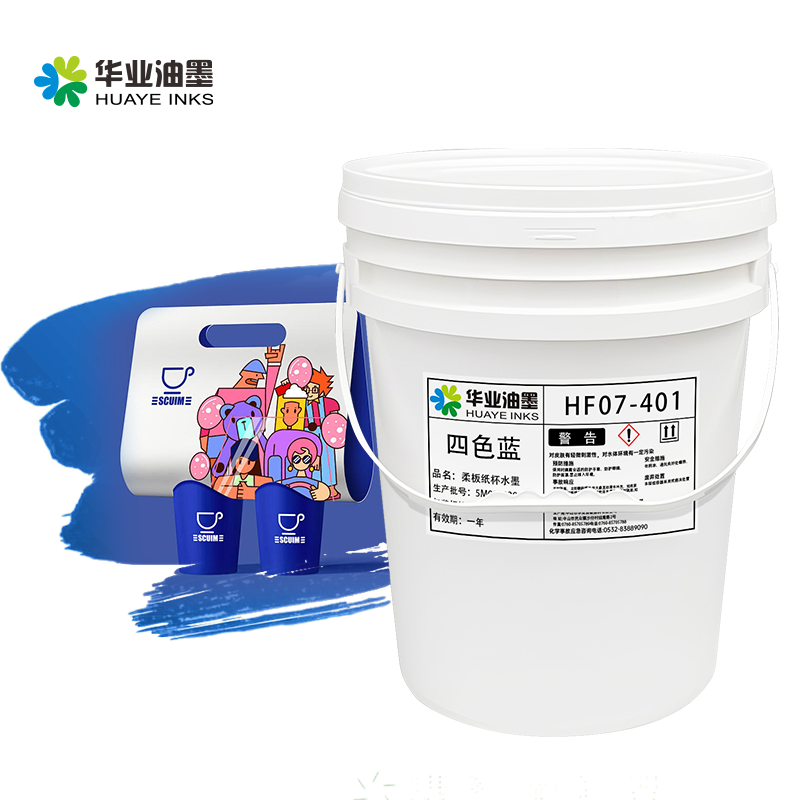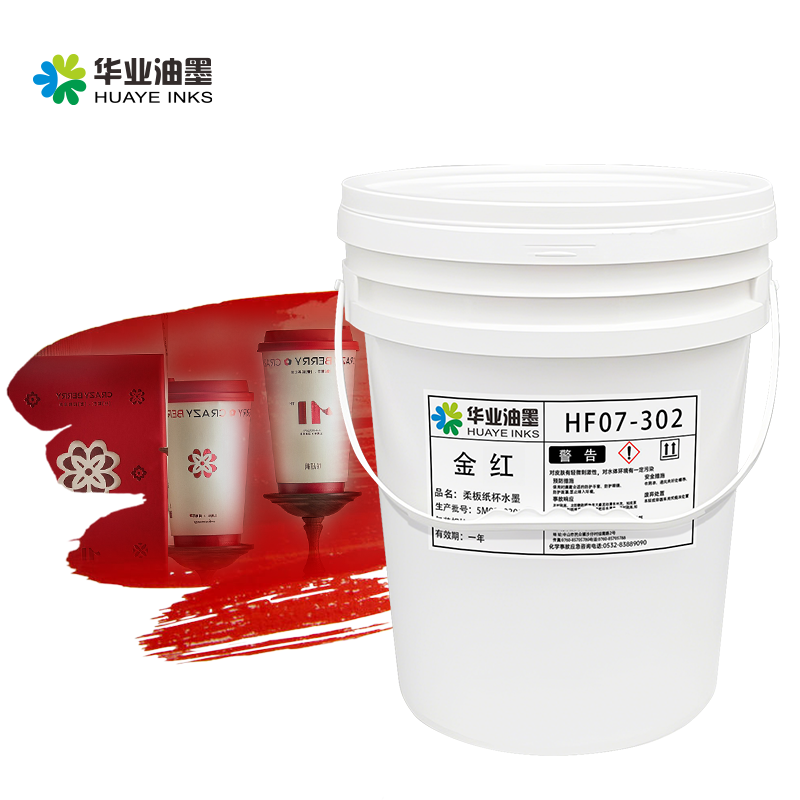No.2 Jieging Road ,Shazai industrial Park, Minzhong Zhongshan City, Guangdong Province
Food grade flexographic inks are specifically designed to meet the stringent safety and quality requirements of printing on food packaging and other food - contact materials. Given that food packaging comes into direct or indirect contact with food products, these inks must adhere to strict regulations to ensure that they do not pose any risk to human health. The formulation of food grade flexographic inks is carefully controlled. They use pigments, binders, solvents, and additives that are approved for use in food - contact applications. The pigments are of high purity and are rigorously tested to ensure that they do not contain harmful substances such as heavy metals, carcinogens, or other contaminants that could migrate into food. This ensures that the printed designs on food packaging remain safe and do not contaminate the food inside. The binders in food grade flexographic inks are formulated to form a stable, non - reactive film on the packaging material. They provide excellent adhesion to different types of food packaging substrates, including paper, cardboard, plastic films, and laminates. This strong adhesion ensures that the printed images remain intact during the packaging process, storage, transportation, and handling, preventing any potential transfer of ink to the food. Solvents used in food grade flexographic inks are carefully selected for their low volatility and minimal potential for migration into food. They are designed to dry quickly, leaving behind a residue - free film on the packaging. Additives in the ink are used to enhance specific properties, such as anti - foaming, wetting, and color stability, while still maintaining compliance with food safety regulations. Food grade flexographic inks also need to meet high - quality printing standards. They should be able to reproduce vibrant, accurate colors to effectively showcase the food product and its branding on the packaging. The inks must have good resistance to factors such as moisture, oils, and chemicals that may be present in food products. This ensures that the printed images remain clear and intact throughout the shelf life of the food, maintaining the visual appeal and integrity of the packaging. As consumer awareness of food safety continues to grow, the demand for food grade flexographic inks is increasing. Manufacturers are constantly researching and developing new formulations to meet the evolving regulatory requirements and consumer expectations, while also improving the performance and sustainability of the inks.


